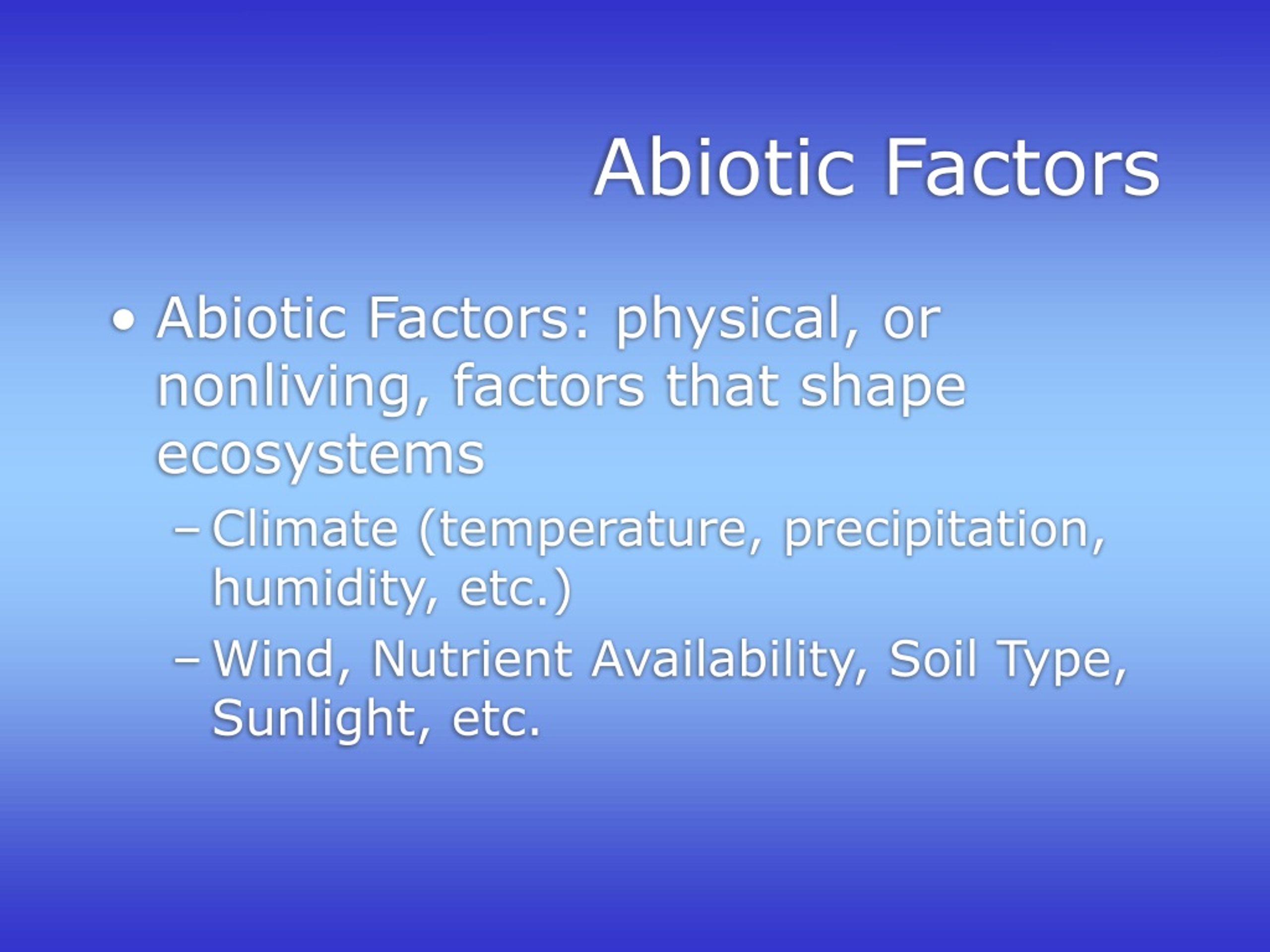Sunlight is a major part of abiotic conditions in an ecosystem. The sun is the primary source of energy on our planet. Above infrared in frequency comes visible light. Abiotic factors are the nonliving, physical and chemical factors that shape the environment. Abiotic factors include sunlight, temperature, water, soil, carbon dioxide,.
While there are some abiotic and biotic factors in a. Light plays a crucial role in ecosystems, influencing them in several fundamental ways: Light energy from the sun is harnessed by autotrophs (primary producers like. Sunlight allows plants, algae and cyanobacteria to do the process of photosynthesis that convert carbon dioxide and water into organic compounds like carbohydrates.
MH In Texting: What Does It Stand For?
New Chapter Vitamins: The Science Behind The Success
Stop Struggling! Tv.youtube.com/verify Made Simple
